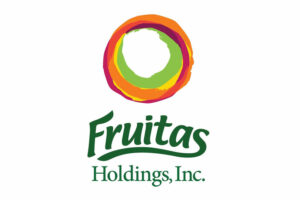Establishing credit, managing cash flow through business credit cards

Digitalization is conquering the world, including in the finance sector as it makes cashless payments much more possible while keeping financial transactions more secure in a few taps. At present, cashless payments are being welcomed in various functions such as retail purchases and even in transportation.
One of the leading modes of cashless payment being widely used today is the use of credit cards. According to the most recent “Consumer Payment Attitudes Study” by Visa, the use of contactless cards, whether credit and debit, is coming in close behind e-wallets as the most preferred mode of cashless payments in Southeast Asia. The former garnered 80% of respondents in the study, while the latter tallied 83%. Moreover, in recent years, the use of cards in Southeast Asia has become a primary payment method for consumers and it varies throughout different markets; Singapore is leading at 82%, followed by Malaysia at 69%, and Vietnam at 57%. The Philippines, for its part, has online card payments as one of Filipinos’ top digital payment methods they currently use, garnering 50% of respondents from the country.
Credit cards have been one of the most convenient modes of cashless payments for consumers, and yet they can also be a tool to enhance financial management in businesses.
According to a recent poll conducted by United States-based Forbes Advisor, 29% of businesses sought funding through business credit cards in 2022, and 4.67% of respondents reported that they had used business credit cards as their primary source of funding to kick-start their businesses. The poll also found out that of those who utilized either a business or personal credit card to fund their business, 25.4% of respondents, or one in four users, chose to use a credit card due to restricted access to conventional financing alternatives.
Among small businesses in United Kingdom, meanwhile, Intuit’s Small Business Index Annual Report found that credit card expenditure for business is up by 22% since before the pandemic. In addition, from 32% in September 2022, the proportion of respondents who had used credit cards or loans to support their cash flow increased to 51%.
Using credit cards for businesses offers significant advantages. One of these is establishing business credit, which is found to be important in expanding one’s business. Business credit can be built by paying bills on time, paying more than the minimum, and not going over the credit limit. This, in turn, can increase a business’ credit line or loan approval at a lower interest rate in the future.
Also, with a business credit card that is not tied to one’s personal credit but reports exclusively to relevant business credit agencies, owners can keep their personal finances and business finances separate from each other.
Another advantage businesses can get from getting their own credit card is the ability to protect against cash flow disruptions during economic uncertainties. JPMorgan Chase & Co., in a discussion about their research on the use of credit cards among small businesses, recognized that credit cards are part of a suite of cash flow management tools.
“Credit cards can be an alternative for cash liquidity, providing financing when firms cannot pay in cash,” JPMorgan Chase wrote on its website, adding nonetheless that maintaining adequate cash buffers remains important as credit cards are found to be not always accepted for the expenses small businesses face.
As to how small businesses used such cards, the financial services firm noted, “Many firms are consistently transactors or revolvers over one to two years, suggesting that their routine use of credit cards is either as a means of payment or as a financing instrument. Nevertheless, a core credit card feature is flexibility: card holders may choose each month whether to pay in full or revolve.”
“They offer a flexible line of credit, which can be particularly helpful for covering unexpected expenses or making strategic investments. Plus, many business credit cards offer reward or cashback incentives that, over time, can provide additional benefits,” Antony Smith, director at comparison site Business Expert, said in an article published by Institute of Chartered Accountants in England and Wales on its website.
Speaking of rewards, even business credit card users can earn rewards with every purchase, which can be used to cover expenses, such as payroll, utilities, software, and other subscriptions needed for one’s business. Some even offer cash-back benefits, meaning users can get a percentage back on your purchases.
As with any financial tool, nonetheless, it is important to mindfully use business credit cards, as every use and compliance to terms of use will factor into an organization’s credit score and overall financial health.
Businesses need to have clear rules about how they spend using their cards, like how much they can spend, and when they can use them. For effective cash flow management, restricting transactions to a specific amount, spending category, and specific day or time is crucial to reduce risk in your business.
According to CNBC Select, when choosing a credit card that is best for one’s business, owners should think about what kind of payment options they prefer and what rewards and perks would be most helpful for their spending.
In terms of tracking activities, many business credit cards set up alerts in texts and emails about transactions, letting them know every time their business made a purchase or if someone illegally uses your card. Businesses can also track their account through online or mobile banking. On top of these, nonetheless, it is important to ensure that the accounting team in the business looks over each statement and makes sure you, as the owner or manager, approves each line of item. — Angela Kiara S. Brillantes




